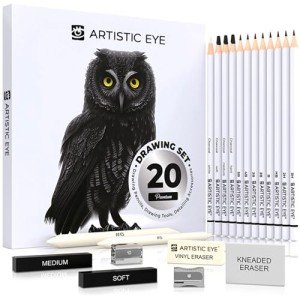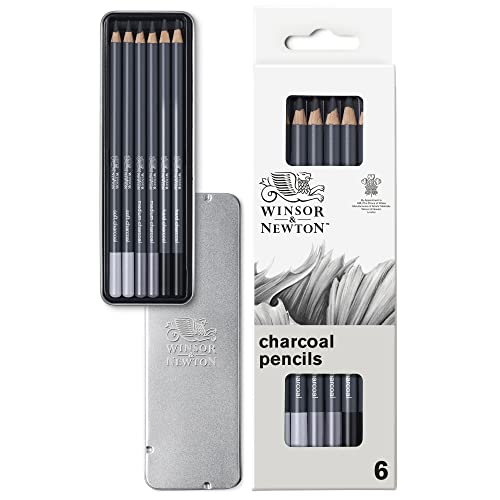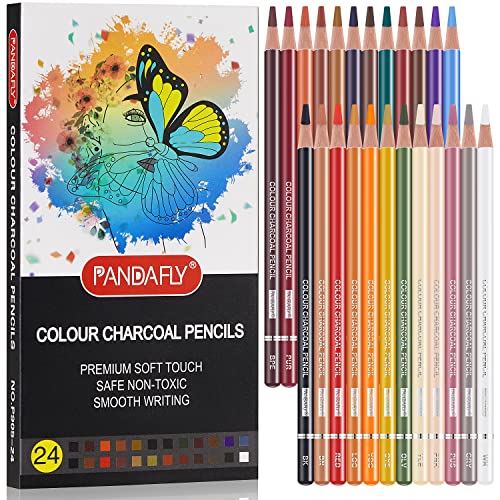Charcoal pencils have long been a staple in the artist's toolkit, revered for their unique ability to create a range of tones from the deepest blacks to the most subtle grays. This 500-word article delves into the world of charcoal pencils, exploring their history, types, and techniques that make them an indispensable tool for artists.
History and Evolution
Charcoal has been used for artistic purposes since prehistoric times, with early humans using charred sticks to create cave paintings. Over the centuries, charcoal evolved into a more refined form, leading to the development of charcoal pencils. These pencils combined the rich, deep tones of traditional charcoal with the precision and control of a pencil, making them a favorite among artists for sketches, portraits, and detailed studies.
Types of Charcoal Pencils
There are generally three types of charcoal pencils:
Hard Charcoal Pencils: Ideal for fine lines and details, hard charcoal pencils are less smudgy and offer greater control.
Medium Charcoal Pencils: Offering a balance between darkness and control, they are versatile for both detailing and shading.
Soft Charcoal Pencils: Perfect for deep, rich blacks and wide strokes, soft charcoal pencils are preferred for dramatic shading and bold lines.
Each type of charcoal pencil serves a different purpose, allowing artists to achieve various effects and textures in their work.
Techniques and Tips
Layering: Start with light strokes and gradually build up layers to achieve the desired intensity.
Blending: Use fingers, paper stumps, or blending brushes to smooth out the charcoal, creating gradients and softening lines.
Highlighting: Preserve or add highlights by using an eraser or leaving areas untouched.
Fixatives: To prevent smudging, apply a light spray of fixative over the finished artwork.
Artistic Expression with Charcoal
Charcoal pencils are particularly loved for their expressive quality. They allow for spontaneous and gestural mark-making, which is ideal for capturing the essence and mood of a subject. The deep blacks and range of grays achievable with charcoal lend themselves to dramatic and emotionally charged artworks. Artists often use charcoal pencils in life drawing, portraits, and scenic sketches, exploiting their range to convey light, shadow, and texture.
The humble charcoal pencil, a bridge between the primitive and the refined, offers artists a tool of immense expressive potential. Whether used for quick sketches or intricate pieces, charcoal pencils provide a unique medium to explore the nuances of light and shadow. As an artist, embracing the versatility and depth of charcoal pencils can open new avenues for creativity, enabling you to capture the world in strokes of shadow and light.
In the hands of an artist, a charcoal pencil is not just a tool but a wand that weaves magic, turning simple lines and shades into a tapestry of emotions and stories.


